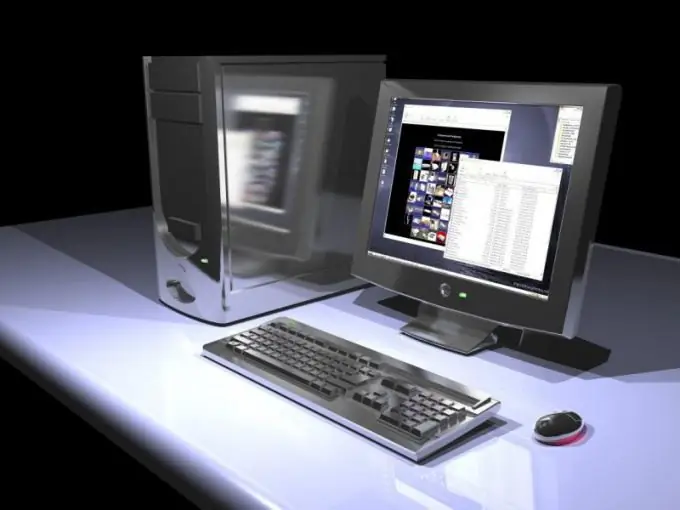If multiple operating systems are installed on the same disk, this configuration is called multiboot. You may need it, for example, if you work with programs and devices that run only under the control of a specific system.

Instructions
Step 1
To install different versions of Windows OS on the hard drive, follow an important rule: first of all, an older version is installed, then a newer one. Older versions do not recognize the boot sector of newer versions and overwrite it. As a result, new versions are not loaded.
Step 2
For correct operation, each operating system must be installed in a separate partition on the hard drive. You can partition the hard drive into logical disks during the initial installation of the OS or later, when you decide that one "operating system" is not enough for you.
Step 3
If you are installing a version of Windows on a new hard drive, set the BIOS to boot from CD or DVD, insert the installation disc into the drive and follow the step-by-step instructions. After accepting the license agreement, the system will tell you the size of the unallocated area, equal to the capacity of the hard drive, and will offer to create a logical disk.
Step 4
Press C on your keyboard and enter the size of the system partition on which Windows will be installed. Hit Enter. Now your hard drive has one logical drive C: and unallocated space. You will need at least two more partitions: for the next operating system and for data storage.
Step 5
Highlight the item "Unallocated area" with the cursor and press C again to create the logical drive D:. Enter its size and press Enter - this will be a place either for another system, or for information storage.
Step 6
If you create a system disk using Windows, then you can install only one of the versions of this "operating system" into it. Therefore, if you plan to use Linux, it is better to leave unallocated space on your hard drive to create a new volume using third-party programs.
Step 7
Activate section C: and press Enter. The system prompts you to format the section. For Windows XP and above, select the NTFS file system. Then follow the instructions of the program.
Step 8
You can create logical drives from the installed OS Windows. Right-click on the “My Computer” icon and select the “Manage” command from the drop-down menu. In the console window, expand the Disk Management snap-in. Right-click on the unallocated space and select Create Simple Volume from the drop-down menu. Click "Next" to continue. Enter the size of the volume and continue by clicking Next.
Step 9
In the new window, you can leave or change the drive letter. Click Next to go to the next step. Format the partition if you are going to install a system on it or save data.
Step 10
Before installing a new version of Windows, disable anti-virus programs and save important information to external media. Insert the installation disc into the drive. If you are using a flash memory for booting, connect the device to the USB connector.
Step 11
The download should start automatically. Otherwise, open the My Computer icon, find the system folder on the installation disk and run the setup.exe file. Follow the instructions. To the question: "Where to install Windows" specify the prepared section.
Step 12
It is convenient to use third-party programs to create logical drives. One of the most famous is Acronis Disk Director Suite. It can be used to reallocate the space of installed volumes to allocate space for a new one. Run the program and mark the automatic interface mode - it's easier for beginners.
Step 13
In the "Wizard" menu, select the "Create Partitions" command. In the "Create Partitions Wizard" window, set the radio button to the "Free space on existing partitions" position. This mode will use unallocated space and free space on existing disks.
Step 14
In the new screen, mark the section from which the free space will be taken. Specify the size of the new disk by moving the slider or entering numbers in the corresponding box. Then specify the section type. If it will be a storage of information, check "Logical", if the system disk is "Active". Then choose the file system, letter and name for the drive. Click the flag button to finish the job.






